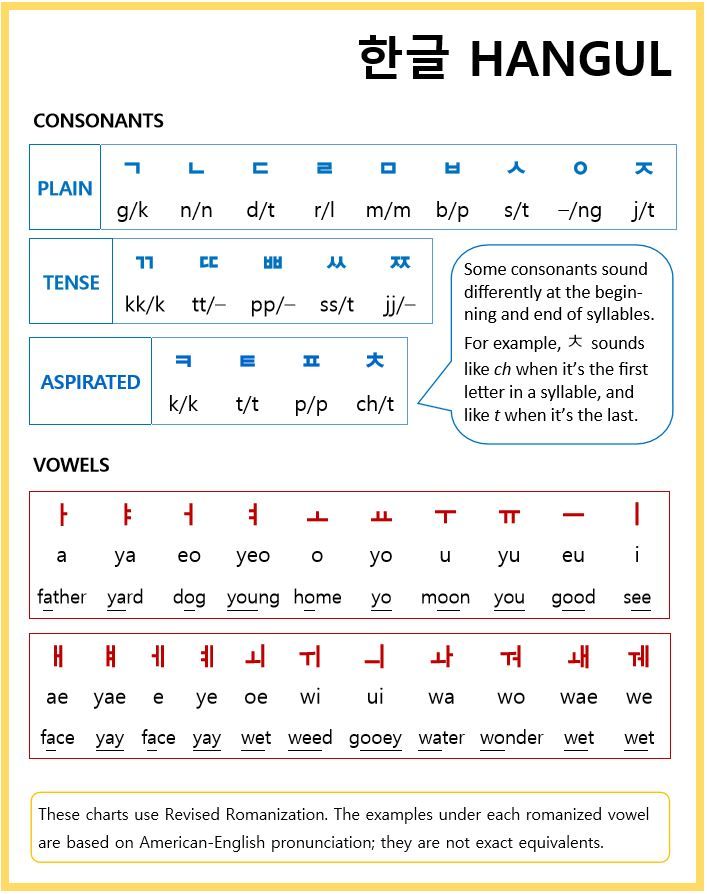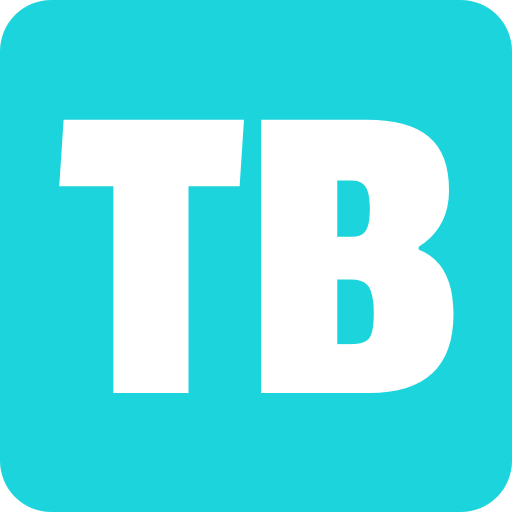A Quick Guide to the Korean Alphabet: Hangul
The Korean alphabet, known as Hangul, is a unique and scientific writing system that allows for precise pronunciation and ease of learning. In this blog post, we'll explore the basics of Hangul, including its structure, pronunciation, and essential tips for mastering the Korean alphabet. We will also provide an explanation of each Hangul consonant and vowel.
Structure of Hangul
Hangul consists of 14 basic consonants and 10 basic vowels, which can be combined to form syllabic blocks. Each block represents a single syllable, making it easier to read and write compared to other writing systems. The arrangement of the consonants and vowels in a block follows a specific pattern.

Consonants: The Korean alphabet has 14 consonants, which are categorized into two groups: batchim (final consonants) and jongseong (consonants at the beginning or in the middle of a syllable). Here's an explanation of each Hangul consonant:
- ㄱ (giyuk): Pronounced as "g" as in "good."
- ㄴ (nieun): Pronounced as "n" as in "nice."
- ㄷ (digeut): Pronounced as "d" as in "dog."
- ㄹ (rieul): Pronounced as "r" as in "rabbit."
- ㅁ (mieum): Pronounced as "m" as in "moon."
- ㅂ (bieup): Pronounced as "b" as in "book."
- ㅅ (siot): Pronounced as "s" as in "sun."
- ㅇ (ieung): Used as a placeholder for the sound of no initial consonant or as a final consonant. It does not have a specific sound when at the beginning of a syllable.
- ㅈ (jieut): Pronounced as "j" as in "jump."
- ㅊ (chieut): Pronounced as "ch" as in "cheese."
- ㅋ (kieuk): Pronounced as "k" as in "kangaroo."
- ㅌ (tieut): Pronounced as "t" as in "top."
- ㅍ (pieup): Pronounced as "p" as in "park."
- ㅎ (hieut): Pronounced as "h" as in "house."
Vowels: Hangul consists of 10 basic vowels, which can be modified to create additional vowel sounds. Here's an explanation of each Hangul vowel:
- ㅏ (a): Pronounced as "a" as in "father."
- ㅓ (eo): Pronounced as "eo" as in "hello."
- ㅗ (o): Pronounced as "o" as in "go."
- ㅜ (u): Pronounced as "u" as in "truth."
- ㅡ (eu): Pronounced as "eu" as in "feud."
- ㅣ (i): Pronounced as "i" as in "ski."
- ㅐ (ae): Pronounced as "ae" as in "ate."
- ㅔ (e): Pronounced as "e" as in "bet."
- ㅚ (oe): Pronounced as "oe" as in "toe."
- ㅟ (wi): Pronounced as "wi" as in "week."
Putting It All Together
Now that you know the consonants and vowels, you can start putting them together to create words. Korean words are written in blocks, with each block consisting of one or more consonants and one or more vowels. Here's an example:
Word: 안녕하세요
Pronunciation: annyeonghaseyo
In this example, there are four blocks:
ㅇ + ㅏ = "a"
ㄴ + ㅕ + ㅇ = "nyeong"
ㅎ + ㅏ = "ha"
ㅅ + ㅔ + ㅇ + ㅇ + ㅛ = "seyo"
Put them all together and you get "annyeonghaseyo," which means "hello" in Korean.
Pronunciation
Learning the pronunciation of Hangul is relatively straightforward since the alphabet was designed to reflect the sounds of spoken Korean. A helpful way to hear how native speakers pronounce Hangul is by watching Korean K-drama TV shows with Korean subtitles.
Tips for Learning Hangul
- Start with the basic consonants and vowels before moving on to complex combinations.
- Practice reading and writing syllables to familiarize yourself with Hangul's structure.
- Use mnemonic devices or associations to remember the shapes and sounds of letters.
- Utilize online resources, such as language learning apps and websites, to practice and reinforce your understanding of Hangul.
Learning the Korean alphabet is an important first step in learning the Korean language. With just 24 characters to memorize, it's a relatively easy task. Once you've mastered the alphabet, you can start learning vocabulary and grammar to become a fluent Korean speaker. Finally, practice your hangul typing skills at www.typebuddy.com. Good luck!
